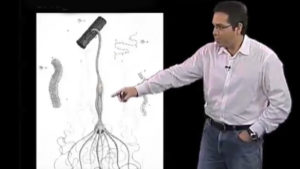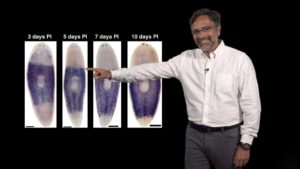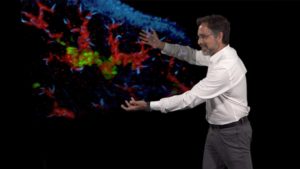Talk Overview
Regeneration has fascinated philosophers and scientists since the beginning of history. The wide but uneven distribution of regenerative capacities among multicellular organisms is puzzling, and the permissive/inhibitory mechanisms regulating this attribute in animals remain a mystery. In the first part of this lecture, I will provide a general history of regeneration research from ancient Greece to the beginning of the 20th century. Key concepts will be introduced in their appropriate historical context, and many of the unanswered questions put forward by the problem of regeneration will be discussed. Planarians have attracted the attention of generations of biologists. It is not hard to see why: cut a worm into two fragments and each fragment regenerates a complete organism. Cut it into 8 fragments and each individual fragment will go on to regenerate a complete animal. In this second part of the lecture, I will briefly review the rich history of planarian research, followed by a summary of the central principles of planarian regeneration that have been derived from this extensive, often fascinating body of experimental work. In the third and last part of this lecture, I will introduce the model system we have developed to study animal regeneration, the planarian Schmidtea mediterranea. I will review its anatomy, and the biological attributes that make these animals extraordinarily well suited to dissect the molecular and cellular basis of regeneration. I will also discuss recent work from my laboratory aimed at identifying molecules associated with regenerative capacities.








Leave a Reply